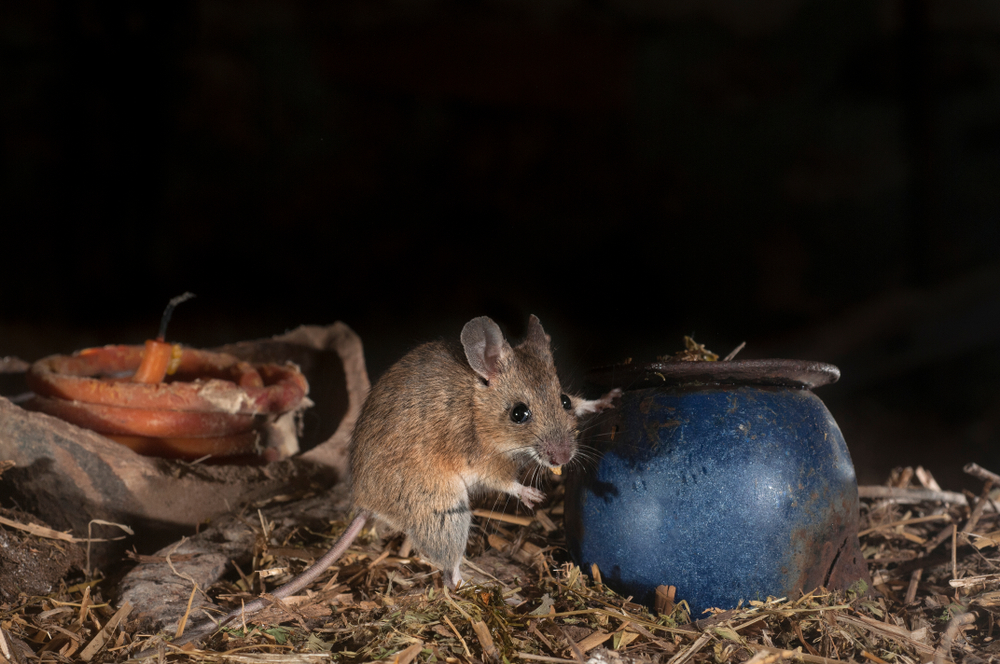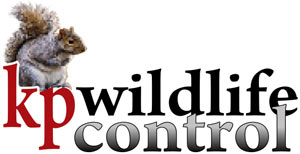As the weather warms up in Maryland, wildlife becomes more active—and that can mean trouble for homeowners. Your attic offers the perfect shelter for raccoons, squirrels, birds, bats, and even mice looking for a safe place to nest and raise their young. Unfortunately, once they move in, they can cause extensive damage to insulation, wiring, and even your home’s structure.
At KP Wildlife, we help homeowners prevent and resolve wildlife intrusions before they become major (and expensive) problems. Here are some practical tips to keep wildlife out of your attic this spring.

Inspect Your Roof and Eaves
Small gaps or weak spots in your roof, soffits, and eaves are some of the most common entry points for wildlife. Squirrels and raccoons can exploit even tiny openings to squeeze into your attic.
Take time to:
- Look for missing or damaged shingles
- Check flashing and vent covers
- Inspect soffits and fascia boards for signs of rot or gaps
If you spot damage or potential access points, seal them promptly or call a professional to make repairs.
Trim Back Tree Branches
Branches that overhang your roof can act as bridges for squirrels, raccoons, and other climbing animals. Keeping trees trimmed at least 6 to 8 feet away from your roofline makes it much harder for wildlife to reach your attic.
Regular tree maintenance also prevents branches from damaging your roof during spring storms.
Secure Vents and Chimneys
Attic vents, gable vents, and chimneys are often overlooked but can provide easy access for birds, bats, and rodents. Use hardware cloth or specially designed vent covers to block these openings without affecting airflow.
For chimneys, install a sturdy chimney cap to prevent animals from nesting inside or falling in.
Keep the Yard Clean and Tidy
Wildlife is often attracted to food sources and shelter in the yard before making their way into the attic. To minimize attraction:
- Keep trash cans sealed
- Clean up fallen fruit or birdseed
- Store firewood away from the house
- Clear debris piles where animals could hide
A tidy yard makes your property less appealing to wildlife in search of food or nesting sites.
Listen for Early Warning Signs
Even with prevention, animals can sometimes find a way in. Early signs of a wildlife intrusion include:
- Scratching or scurrying noises in the ceiling or walls
- Unusual odors (especially urine or droppings)
- Chewed wires or insulation
- Visible damage around vents or roof edges
If you notice any of these, act quickly to prevent further damage or health hazards.
Work with a Professional Wildlife Removal Expert
DIY exclusion can be risky, especially when dealing with aggressive animals like raccoons or protected species like bats. KP Wildlife offers humane, effective solutions for removing unwanted attic guests and sealing entry points to prevent future problems.
Our team can also assess your property and recommend customized prevention strategies tailored to your home’s design and surrounding environment.
KP Wildlife: Protecting Maryland Homes This Spring
Don’t wait until you hear scratching above your ceiling—take proactive steps now to keep wildlife out of your attic. Whether you need an inspection, exclusion services, or humane wildlife removal, KP Wildlife is here to help. Contact us today to schedule an attic inspection or to learn more about protecting your home from springtime intruders.
